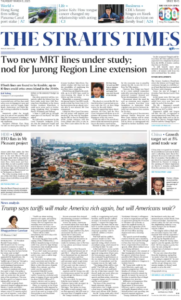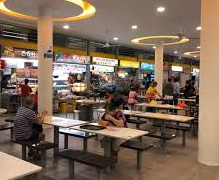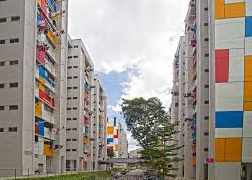A Photo Essay on the Waning Legacy of Singapore’s Street Newspaper Stands
On daily commutes, their modest setups—tables, chairs, umbrellas, and crisp newspapers—quietly blend into the backdrop. These are Singapore’s newspaper vendors, a fading fixture. The last time I bought from one was 18 years ago, so I was unfamiliar with their routines when I began this photo essay. Visiting two stalls in Toa Payoh at 10:30 AM, I found only tarps-covered tables. Their neighbors mentioned, “Before sunrise, same as the market.”
On my second try, I spotted an open stall, making my 5 AM wake-up worthwhile. Uncle Low’s booth at 22 Lorong 7 Toa Payoh has been his for six years, but the booth itself has cycled through owners. Besides selling newspapers, Uncle Low has assumed the care of a stray cat that stops by for food twice daily.
Despite the strong community bonds, Uncle Low is weary of the early hours, questioning the value of selling each newspaper for only 10 cents. Yet, he trusts that someone else will look after the cat when he retires.
Newspaper vendors in Singapore represent a unique connection to an old way of life that’s vanishing, much like other cultural landmarks. Some vendors, like Uncle Ah Chai and Auntie Ah Bee in Tampines, recall a time when teens bought magazines from them. Their clientele has since dwindled to local elderly residents. Auntie Ah Bee notes that sharing donated umbrellas and reusable bags has helped keep their stall alive, but even she predicts their trade might last only another five years.
Some vendors, however, maintain a different outlook. At 87, Auntie Tam in Ang Mo Kio has sold newspapers since 1988, supported by a loyal community that dotes on her. She remains active, partly due to the comfort she finds at the stand, especially after losing her husband and son.
Others rely on the kindness of neighbors. In Bukit Panjang, Auntie Goh offered a space to Uncle Albert, a guitar teacher, when he injured his leg. He now helps her close the stall each evening, even buying her a portable radio for company. They both enjoy the camaraderie of the quieter weekends when Uncle Albert plays his guitar for passersby.
Not all stalls are as lively. Uncle Yang’s business in Potong Pasir slowed after a newspaper merger in 2021, though he still has regulars. One of them, Ah Seng, has visited him daily for 38 years. Their friendship is a testament to the community bonds that these stands foster.
Many vendors have no name or fixed location, often described as “next to the coffee shop near my house.” The lack of signs, schedules, or digital presence makes them easy to forget. Yet, they embody the “kampung spirit,” offering a sense of connection for older Singaporeans who struggle to build new relationships.
As these stands disappear, so do the simple but meaningful ties that connect them to their communities. Their quiet departure may go unnoticed, but their absence will be felt.








